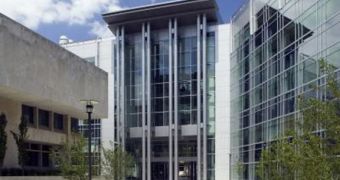Stem cells represent one of the most promising fields of research in the world today. These small, precursor cells have the ability to differentiate into virtually any type of cell in the body, given that they their development process is properly conditioned by investigators. Therefore, over the past few years, a lot of emphasis has been placed on creating accurate control methods that would ensure stem cell cultures differentiate within the desired specifications. Now, investigators at the University of Chicago take a new approach to attaining this, to great success.
For the first time ever, this team employed the help of geometrically-patterned surfaces in this type of investigations, essentially providing a new kind of substrate for the cells to grow and develop on. The researchers say that, in addition to providing assistance in the growth process, the new approach can also influence the development of the stem cells themselves. The team admits that its method is a long way away from the standard one, which seeks to control the fate of these cells using protein manipulations. Bioengineers are currently analyzing each line of SC to determine which proteins influence what function, but this approach is lengthy and time-consuming.
“The cells are seeing the same soluble proteins. In both cases it's the shape alone that's dictating whether they turn into fat or bone, and that hasn't been appreciated before. That's exciting because stem-cell therapies are of enormous interest right now, and a significant effort is ongoing to identify the laboratory conditions that can take a stem cell and push it into a specific lineage,” explains Howard Hughes Medical Institute investigator Milan Mrksich. He is also a professor of chemistry at the University of Chicago, and the leader of the new study.
Speaking about how geometric shapes influence the growth and development of stem cells, expert Kris Kilian says the following: “On a flower shape you get the majority of cells turning to fat, and on a star shape you've got the majority of cells turning into bone." Kilian is a member of Mrksich's research group, and also a fellow of the US National Institutes of Health (NIH). According to the researchers, these geometrical patterns could in the near future be used for other applications as well, such as studying cell migration and adhesion, as well as the effectiveness of certain drugs.

 14 DAY TRIAL //
14 DAY TRIAL //